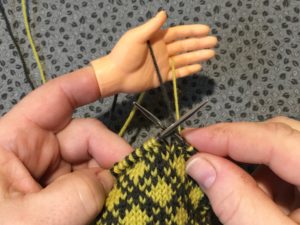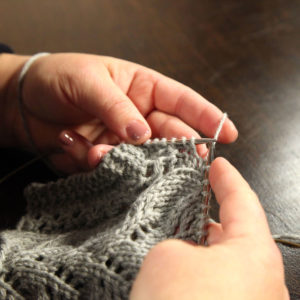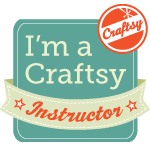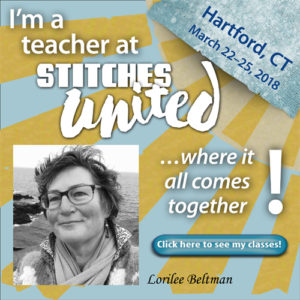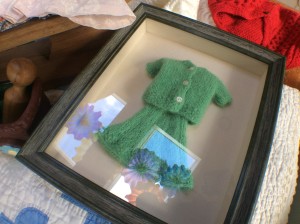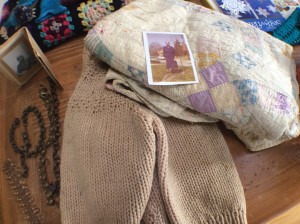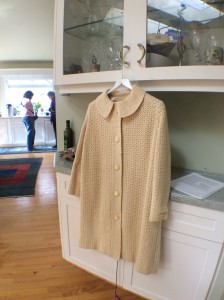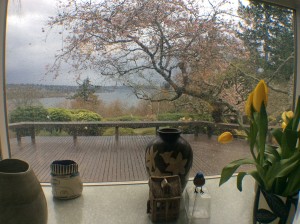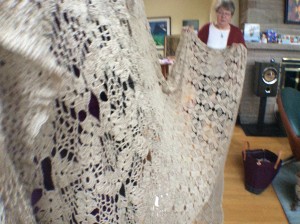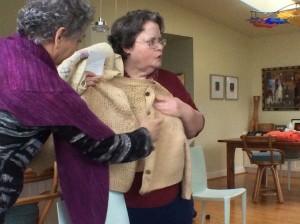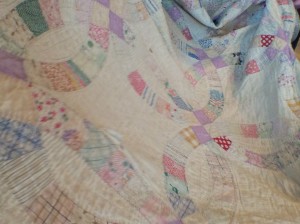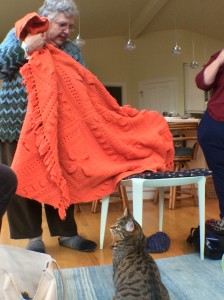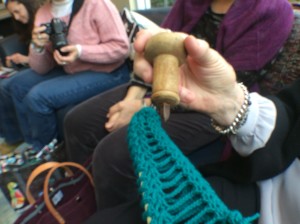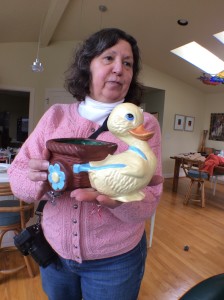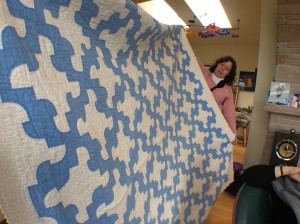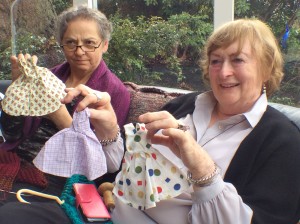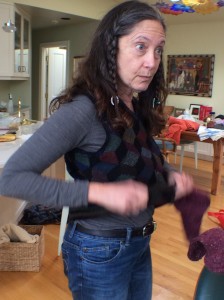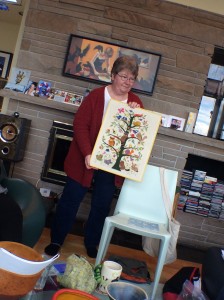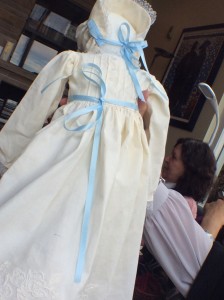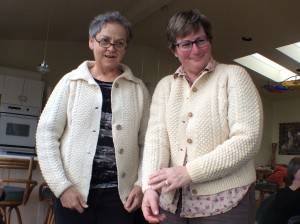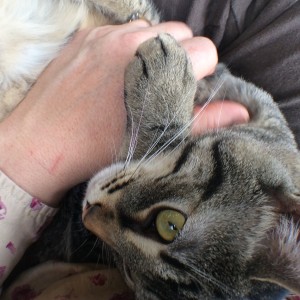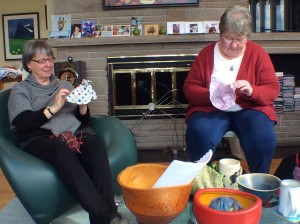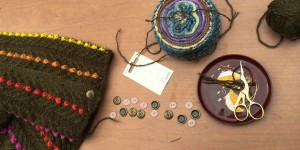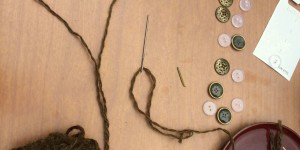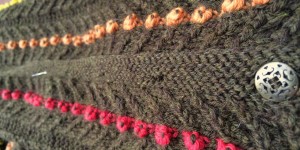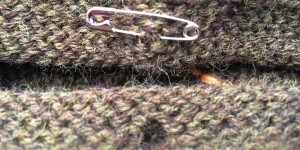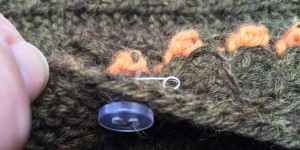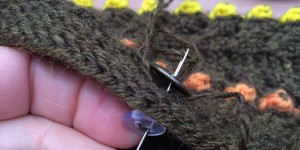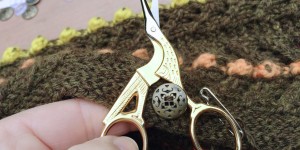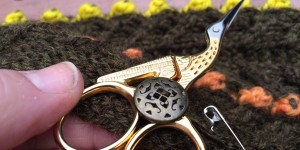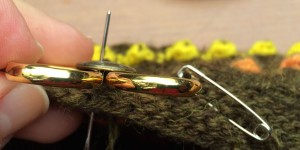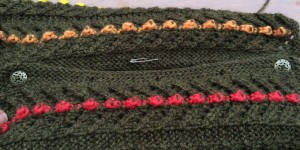
Click on this link here to attend class. New: On 2/10 I updated the link. If you have found me here, you should get a discount to class! Click for a 50% off link which means the course will cost you $15.
Less strain + more efficiency = more knitting. Whether or not math is your forté, this is an equation sure to catch any knitter’s eye. If your knitting has ever been cut short by achy hands and wrists, or if you find yourself yearning for speedier stitching, join me, instructor Lorilee Beltman, for my online Craftsy class, Knit Faster with Continental Knitting, to learn a different style of knitting that increases comfort and bolsters efficiency!
When it comes to Continental Knitting there’s only one overarching rule: fewer motions mean more efficiency. During class, learn which motions have the greatest impact on stitch gauge to size knit and purl stitches equally and achieve even tension. You’ll give each finger a job, minimizing hand motions so that your knitting will become faster, more comfortable and more efficient! Whether you’re new to knitting, or seasoned in English-Style, you’ll be happy you took this big step.
For our first lesson, we’ll focus on the knit stitch — Continental style. Learn how to tension and position yarn in your hands to make knit stitches flow effortlessly across your needles, then move on to the purl stitch. I’ll show you how to hold your yarn and move it into place so that your needle grabs quickly and easily, and we’ll work to keep awkward movements at a minimum, making sure your stitches are correctly oriented on your needles.
Depending on your stitches, you might notice that your knitting is too tight or too loose. In our third lesson, I’ll show you how this happens and explain how to get those stitches just right. At this point, you’ve likely gotten an idea of how Continental Knitting increases your efficiency, but it’s with techniques that require frequent stitch alternation where the value of this style really shines. As we talk about ribbing and seed stitch, you’ll see that getting working yarn to the back or front of your knitting is simply a matter of shifting your right hand!
Next, we’ll walk through basic increases, decreases and other stitch maneuvers you need as you find out just how easy elaborate patterns become when you’re holding your yarn in the left hand. That’s why lefties especially will love Continental Knitting! Then, whether your favorite fabric has cables, colorwork or beyond, you’ll learn how to tackle each. Just try not to get too excited when you see how much easier Linen Stitch and colorwork can be — we’ve still got one lesson to go!
For our final lesson you’ll face an inevitable truth: the way you’re holding your yarn might be causing you pain. I’ll give you tips to keep in mind so you can avoid pitfalls and pain, and troubleshoot why you may have trouble keeping tension and stitches even. We’ll end on an inspiring note, and run over some small, fun projects with which you can put your exciting new skills to use! Learn how to rejuvenate your knitting and ditch stitching strain when you sign up for Knit Faster with Continental Knitting today!
Over the years, I’ve found that venturing into something new can really pay off! If you’re looking to try your hand at Continental Knitting, then rest assured that I’ll do everything I can to help, because one of my greatest passions is helping students embrace their creative curiosities and push past their obstacles! It’s this affection for knitters drove me to own and operate my own business, City Knitting, from 2005 to 2009. Now, I’m so lucky to have the opportunity to focus on instruction, and help knitters get the knowledge they need to flourish!
Luckily for both of us, Craftsy is as dedicated to getting rid of those educational roadblocks as I am. In fact, Craftsy makes education easy, with classes that you can watch anytime, anywhere, as you enjoy lifetime access to personalized support!
So what are you waiting for? Hurt less, knit faster and finish projects with smooth, even tension. You’ll soon realize that efficient knitting is exciting knitting!

